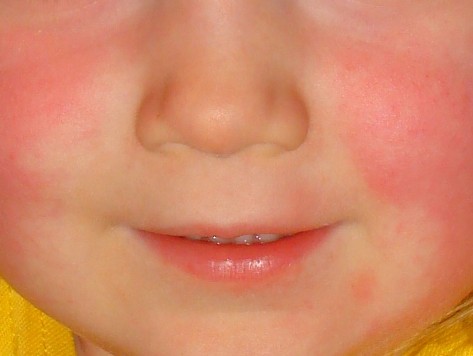The number of Scarlet Fever cases in England has jumped significantly, with a total of 3,584 new cases since September 2013. The research by Public Health England shows that the number of cases is a huge increase on the average 1,420 cases per year over the past decade. This is the largest number of cases since 1989/1990.
The bacterial disease is highly infectious, and is typically most active between December and April each year. The research cautions, however, that the current rise in cases may simply be part of a cycle of increases and decreases in incidence that occurs over a period of several years.
Common symptoms of Scarlet Fever are a distinctive red rash, which feels like sandpaper to the touch, that can spread to many parts of the body, including tongue, ears, neck and chest. It can also cause vomiting and a red face.
Children are especially vulnerable, most patients aged between two and eight. The disease is often caught by breathing in airborne bacteria from an infected person’s coughs and sneezes.
Treatment involves antibiotics and can take up to ten days.
PHE’s head of streptococcal infection surveillance, Dr Theresa Lamagni, said: “The first symptoms of scarlet fever often include a sore throat, headache, fever, nausea, and vomiting. Between 12 to 48 hours after this, a characteristic rash develops.
“Cases are more common in children although adults can also develop scarlet fever. Symptoms usually clear up after a week and the majority of cases can be treated with a course of antibiotics to reduce risk of complications.
“PHE recommends that people with symptoms of scarlet fever see their GP. Once children or adults are diagnosed with scarlet fever we strongly advise them to stay at home until at least 24 hours after the start of antibiotic treatment to avoid passing on the infection.”

COMMENTS
Please let us know if you're having issues with commenting.